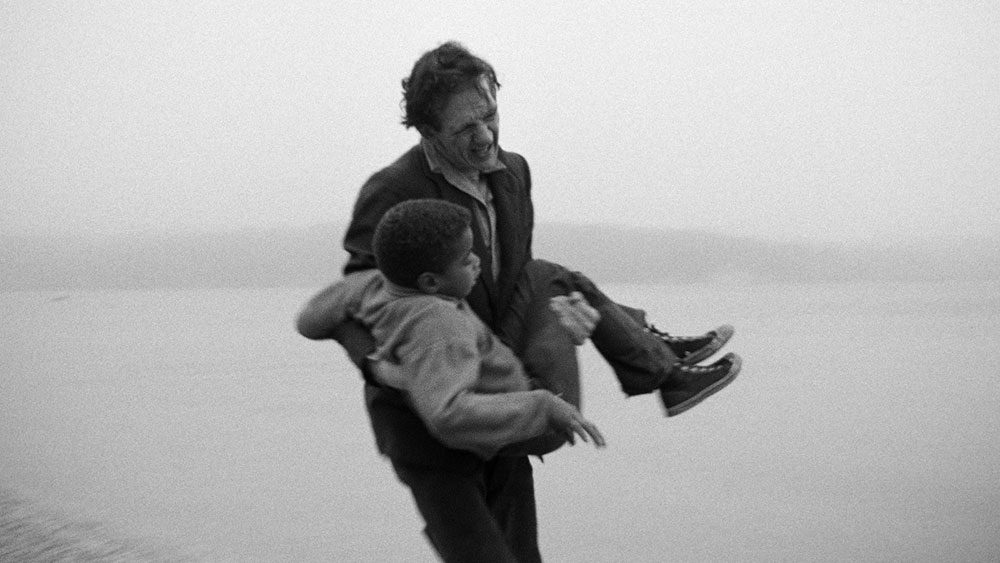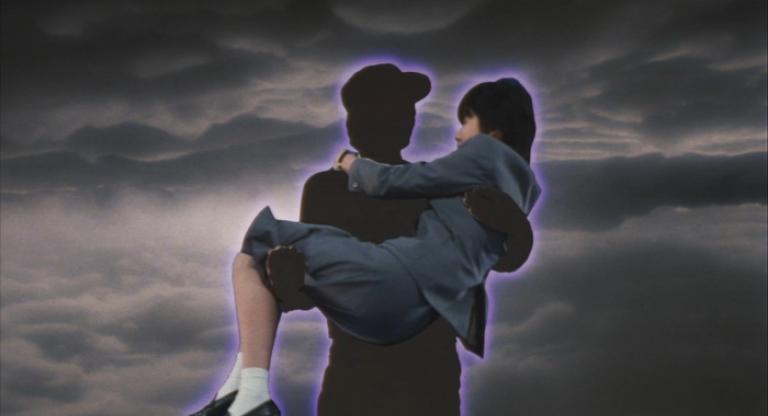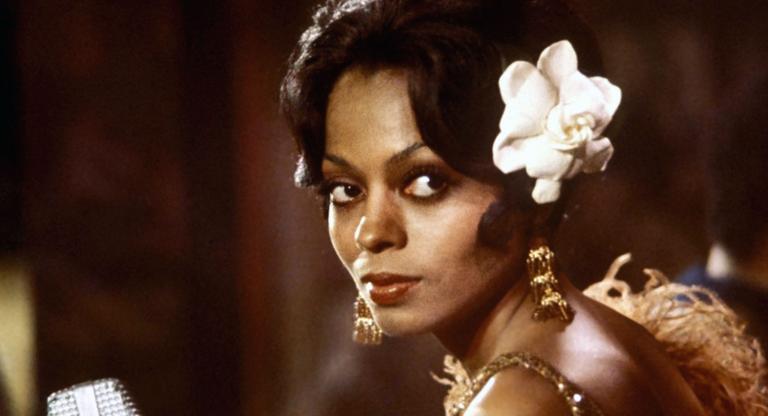During its first hour, Time of the Heathen (1961) breezily earns the familiar admiration extended to serious-minded low-budget features, an affection which prizes resourcefulness and chutzpah over the qualities usually deployed to evaluate a film such as impressive craftsmanship or satisfying narrative mechanics. Director and co-writer Peter Kass milks his depopulated upstate locations for every bit of photographic intrigue they possess and coaxes a tiny cast to go big enough to fill the empty spaces usually occupied by extras and sets. In its final stretch, however, the film explodes into a harrowing acid bummer of American foreign policy atrocities. What’s more, Heathen’s final act of grim proto-psychedelia somehow dovetails perfectly with the bone-simple, though righteous-for-1961, morality tale Kass had been building for the bulk of the film. The final moments retroactively imbue everything that preceded them with a heavier apocalyptic aura that keeps the film lodged in the psyche like a splinter.
Shortly after World War II, a “tall stranger, ugly as sin” named Gaunt (John Heffernan) shuffles around the countryside with only a bible for comfort. When he’s framed for the rape and murder of a Black maid, he flees the scene with her mute son in tow. As the pair are hunted through the forest by the law, Gaunt and the unnamed boy share a doomed isolation. The film begins with a title card that reads, “The story of this film takes place in a period four years after the BOMB fell on Hiroshima.” This instant context, plus ominous shots of jets flying overhead, enshroud the bubbling brooks and handsome foliage in unseen clouds of radioactivity. Gaunt’s fragile grip on existence frays until he’s beset by an excruciating phantasmagoria of city maps, fire, bomb bay doors opening, children laughing, and scorched corpses. The sequence is a brief, but nearly comprehensive reckoning with nuclear ethics, which are ultimately pretty simple as long as you’re not Christopher Nolan or a History Channel buff.
The film’s co-editor, Ed Emshwiller, is also credited with “cinematography and art work.” That presumably means he’s responsible for this sequence, which recalls Vertigo’s nightmares and forecasts 2001’s Stargate. Emshwiller had been illustrating pulp science fiction for a decade prior to Heathen’s miniscule release in 1962, and would make his own debut as an experimental filmmaker that same year with Thanatopsis. That short, the beginning of a brilliant second career that would last into the late 1980s, features a soundtrack of industrial noise and heartbeats overtop a dancer twitching in an irradiated blur, none of which would be out of place in the montage of world-historic immiseration he contributed to Heathen.
Time of the Heathen screens May 11-16 at Film at Lincoln Center. Preservationist Ross Lipman and Jesse Pires, Director and Curator of Lightbox Film Center at the University of the Arts, will introduce tomorrow’s 4 PM screening.



